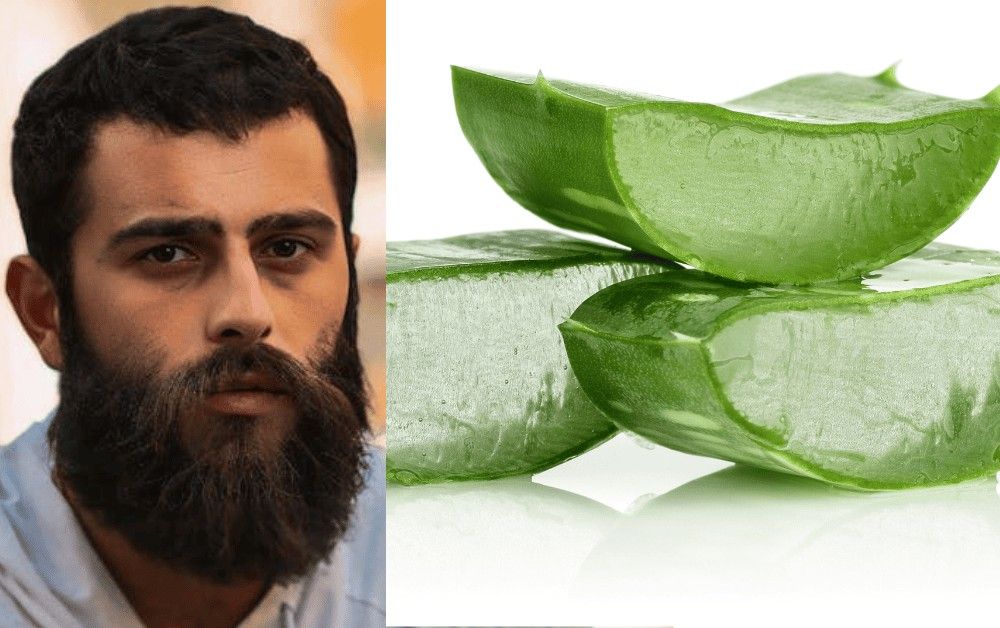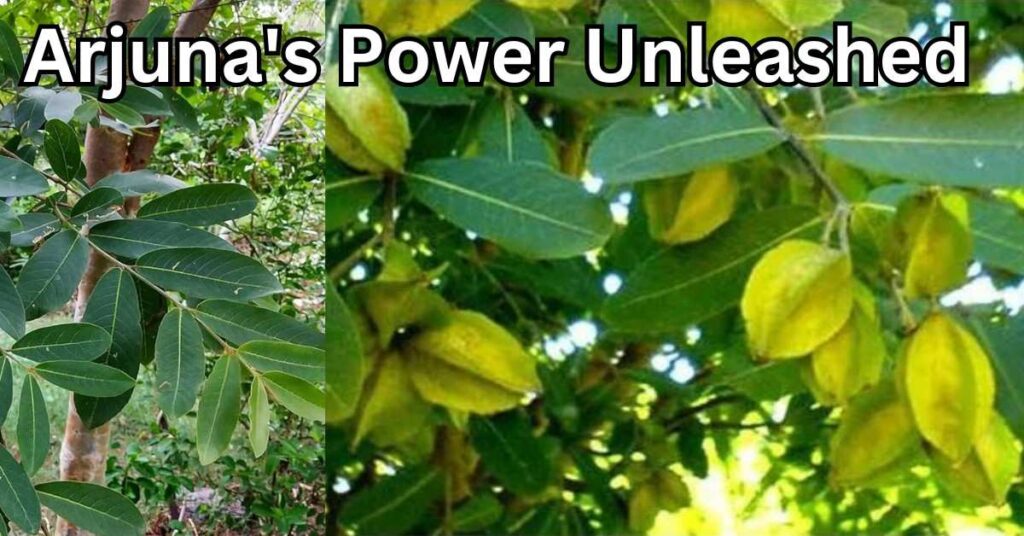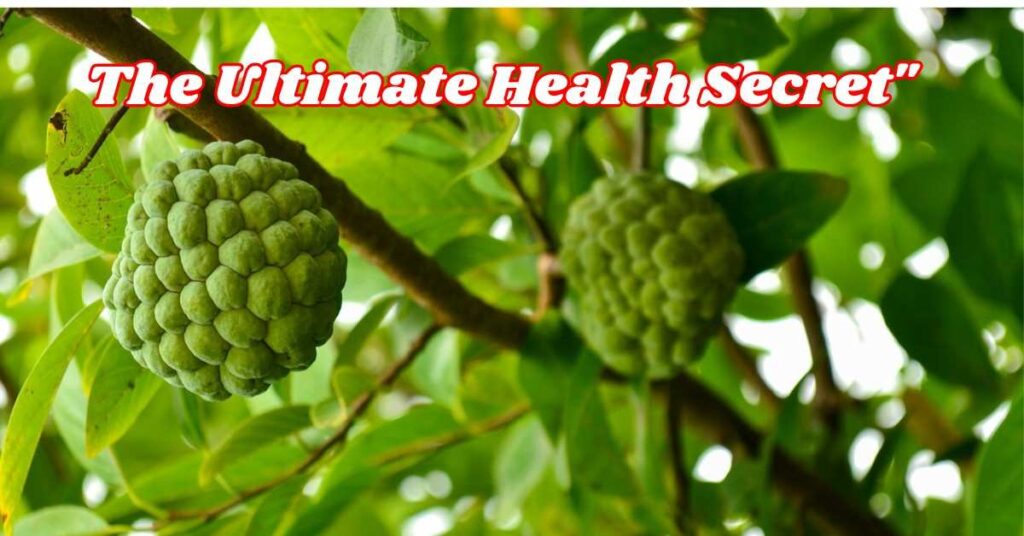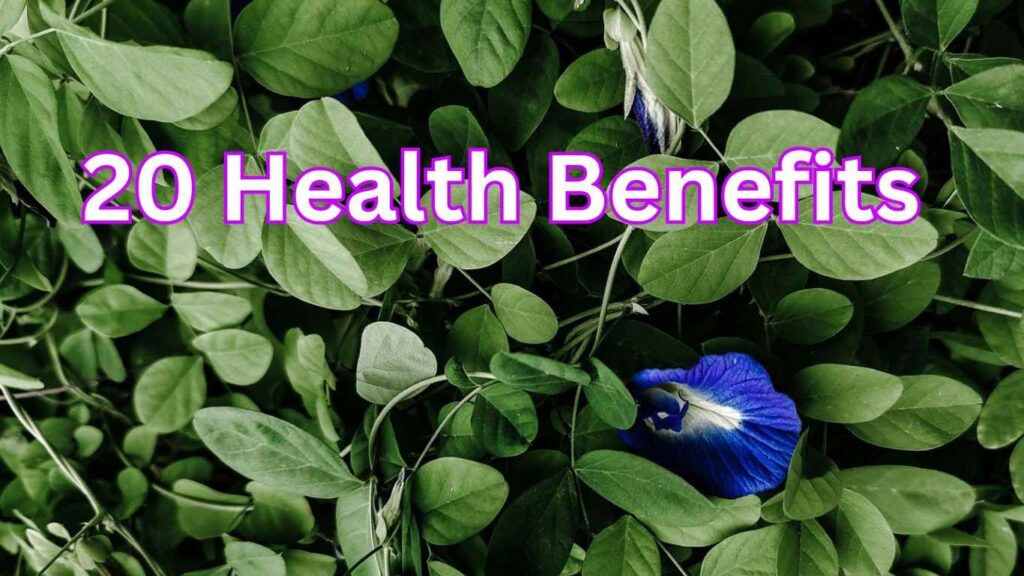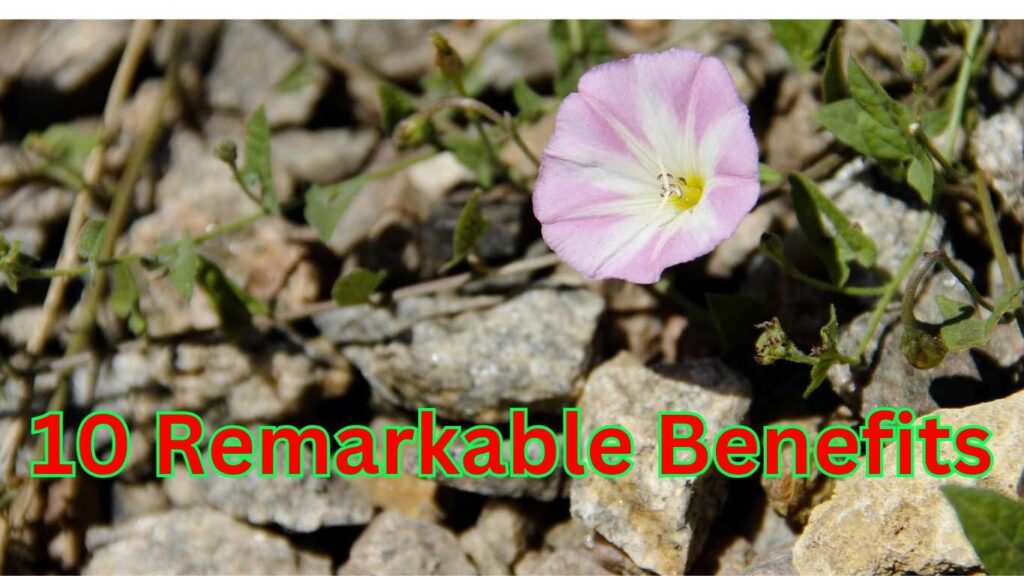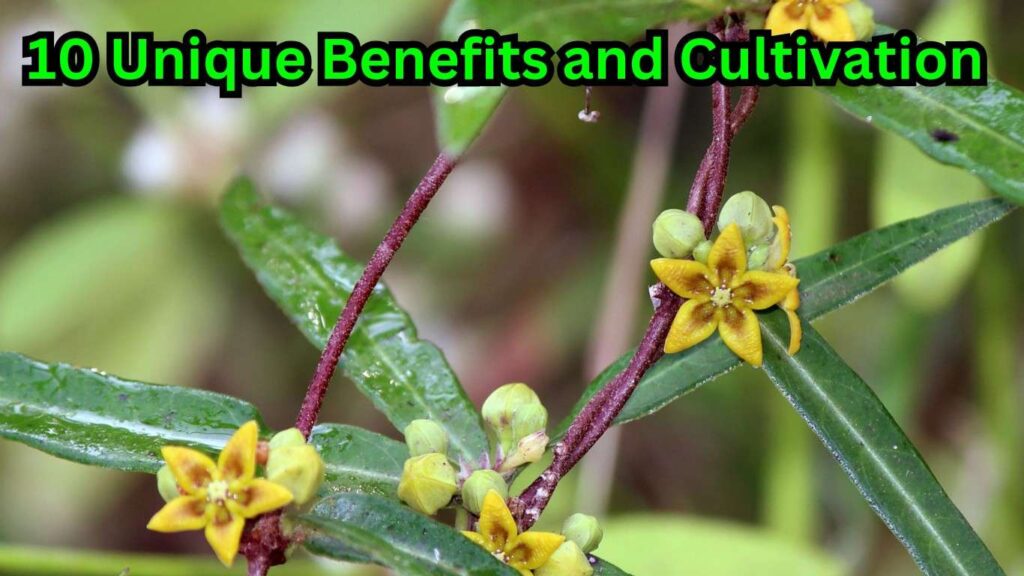Discover the Beauty and Benefits of Clerodendrum Plants
Introduction
Clerodendrum is a diverse genus of flowering plants known for its striking beauty and medicinal properties. Found in various regions around the world, these plants are not only visually appealing but also offer a wide range of health benefits. In this post, we will explore the different species of Clerodendrum, highlighting their beauty along with their medicinal properties that make them valuable in traditional medicine.
What is Clerodendrum?
Clerodendrum is a tropical and subtropical plant genus belonging to the Lamiaceae family. These plants are known for their bright, showy flowers and are often grown for ornamental purposes. With their colorful blossoms and unique shapes, Clerodendrum plants can easily enhance the look of any garden.
Popular Clerodendrum Species
There are many species of Clerodendrum, each with its own unique features. Here are some of the most popular species and how to care for them:
Clerodendrum Wallichii

Clerodendrum Wallichii is a beautiful ornamental plant, commonly found in the Himalayan region. Known for its striking white, long-petaled flowers, it is widely appreciated in gardens, especially in cooler climates.
Characteristics of the Plant:
- Scientific Name: Clerodendrum wallichii
- Common Name: Himalayan glorybower, Wallich’s clerodendrum
- Flower Color: Bright white
- Petals: Long and slender, slightly drooping
- Leaves: Dark green, oval-shaped, with a rough texture
- Blooming Season: Usually in autumn and winter
Cultivation and Care:
Clerodendrum Wallichii thrives in shaded, moist environments. It requires moderate watering and, with its deep-rooted system, is a long-lasting plant. Cooler and humid conditions are ideal for its growth, and it tends to spread as a shrub, making it suitable for garden spaces.
Usage:
Often grown as an ornamental plant, Clerodendrum Wallichii is popular in gardens for its beautiful white flowers that enhance the landscape’s visual appeal. The plant grows quickly, forming a bushy appearance, and adds an elegant charm to any garden setting.
Clerodendrum Trichotomum

Clerodendrum Trichotomum, commonly known as the Harlequin Glorybower or Peanut Butter Tree, is a beautiful plant native to regions of Asia, particularly China and Japan. This plant is noted for its bright flowers and uniquely fragrant leaves that release a scent similar to peanut butter when crushed.
Characteristics of the Plant:
- Scientific Name: Clerodendrum trichotomum
- Common Name: Harlequin glorybower, Glorybower
- Flower Color: White flowers with bright red berry-like fruits in the center
- Leaves: Large, green, and emit a peanut butter-like smell when crushed
- Blooming Season: Usually in summer and autumn
- Plant Height: Can grow up to 3 to 6 meters tall
Cultivation and Care:
Clerodendrum Trichotomum thrives in both full sun and partial shade. It can grow in various soil types but prefers moist, well-drained soil. The plant requires moderate watering and grows quickly. It can withstand cold winters but may suffer damage in extreme frost.
Uses:
Clerodendrum Trichotomum is often used as an ornamental plant in gardens due to its attractive flowers and berries, which add beauty to the landscape. Its leaves, which give off a peanut butter-like aroma, make it an interesting and unique addition to any garden.
Clerodendrum Paniculatum

Clerodendrum Paniculatum, commonly known as the Pagoda Flower, is a stunning plant that is popular in tropical and subtropical regions, including Southeast Asia. Its bright red and orange flower clusters form a pyramid shape, resembling a pagoda, which is how it gets its name.
Characteristics of the Plant:
- Scientific Name: Clerodendrum paniculatum
- Common Names: Pagoda flower, Butterfly bush
- Flower Color: Bright red and orange
- Leaves: Large, green, and heart-shaped
- Blooming Season: Summer and monsoon
- Height: Can grow up to 1.5 to 3 meters tall
Cultivation and Care:
Clerodendrum Paniculatum grows well in moist, well-drained soil and prefers partial shade. It requires regular watering and grows quickly. The plant can tolerate high temperatures but may be damaged in extreme cold conditions, so it’s better suited to warm climates or as a potted plant indoors during colder months.
Uses:
This plant is mainly used for ornamental purposes in gardens because its colorful, pagoda-shaped flowers add a striking visual appeal. In the U.S., Clerodendrum Paniculatum is often planted in tropical-themed gardens, public parks, or even large pots on patios. Its bright flowers attract butterflies and bees, making it a beautiful and eco-friendly choice for landscaping.
Clerodendrum Ugandense
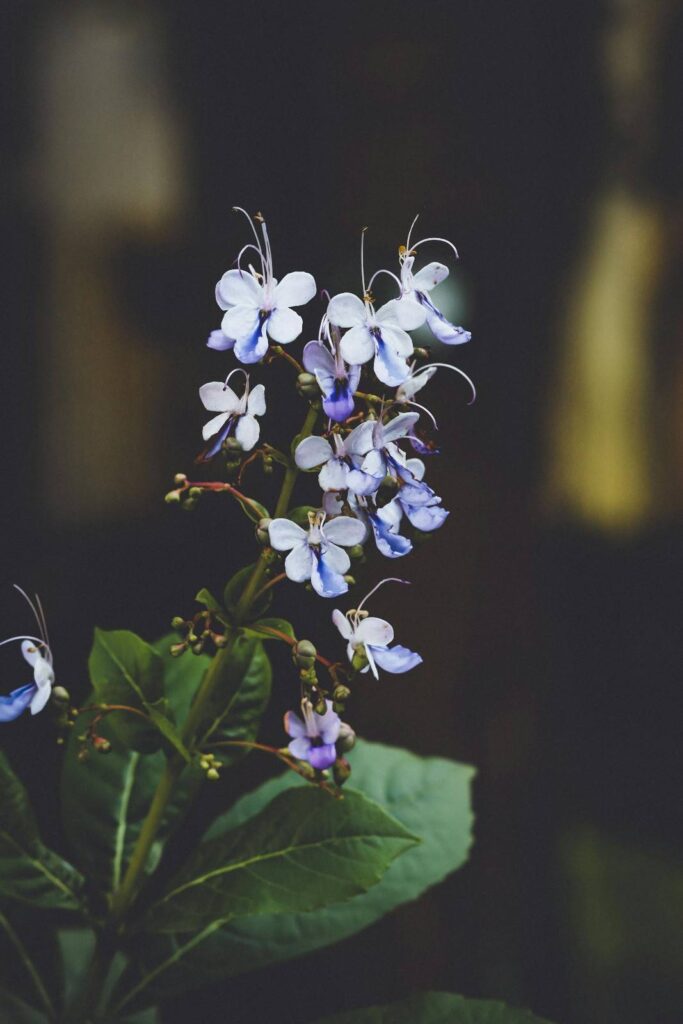
Clerodendrum Ugandense (scientific name: Rotheca myricoides), commonly known as the Blue Butterfly Bush, is a visually stunning plant native to the Uganda region of East Africa. Its unique blue and purple flowers resemble butterflies, making it a popular choice for gardens.
Characteristics:
- Scientific Name: Rotheca myricoides
- Flower Color: Blue and purple
- Leaves: Green, simple, and glossy
- Flowering Period: Throughout the year, with peak blooms in summer
- Height: Can grow between 1.5 to 3 meters
Cultivation and Care:
This plant thrives in both partial shade and direct sunlight. It prefers moist, well-drained soil and requires regular watering, especially during hot weather. Although it grows rapidly and can tolerate a range of temperatures, it may not withstand extreme cold, so in colder regions, it can be potted and brought indoors during winter.
Uses:
Clerodendrum Ugandense is primarily used as an ornamental plant. Its butterfly-like flowers add beauty to gardens and attract butterflies and bees, making it a popular choice among garden enthusiasts looking to enhance their outdoor spaces with natural beauty.
Clerodendrum Quadriloculare
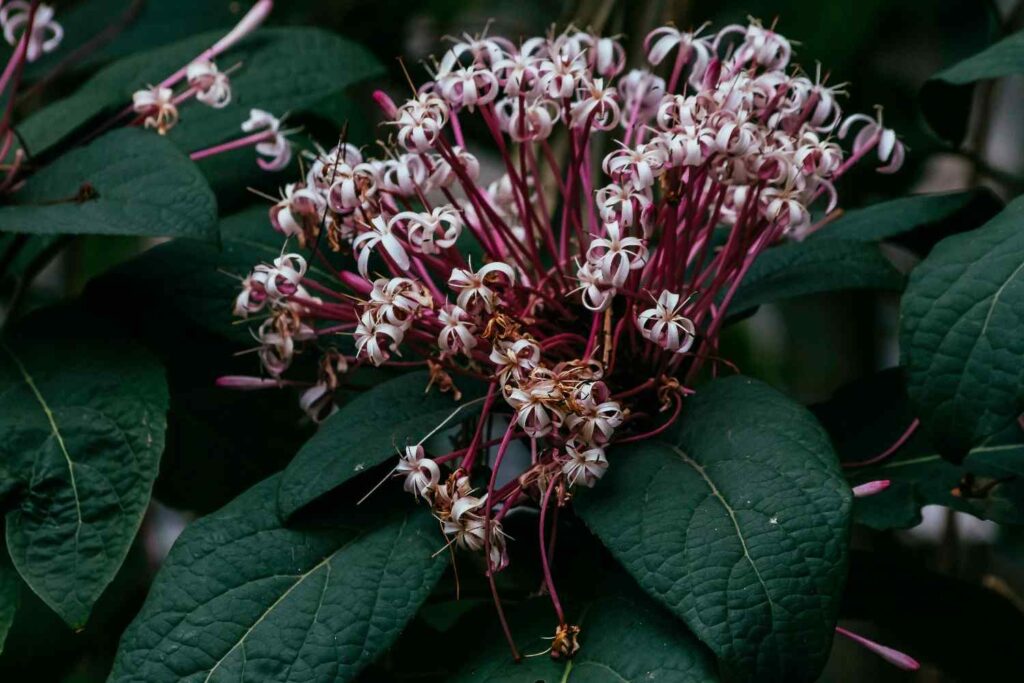
Clerodendrum Quadriloculare (scientific name: Clerodendrum quadriloculare), commonly known as “Pendulum,” is a beautiful and ornamental plant native to tropical regions, particularly in Africa. Its colorful flowers and lush foliage make it a popular choice among garden enthusiasts.
Characteristics:
- Scientific Name: Clerodendrum quadriloculare
- Flower Color: White and blue
- Leaves: Green, large, and glossy
- Flowering Period: Primarily blooms during the summer
- Height: Can grow between 1.5 to 2.5 meters
Cultivation and Care:
This plant thrives in both full sun and partial shade. It prefers moist, fertile, and well-drained soil and requires regular watering. Clerodendrum quadriloculare can tolerate a range of temperatures but needs special care in colder climates to ensure its survival.
Uses:
Clerodendrum Quadriloculare is primarily used as an ornamental plant. Its vibrant flowers and attractive foliage enhance the beauty of gardens, making it a favored choice for gardeners. Additionally, its flowers attract bees and butterflies, adding life and natural beauty to outdoor spaces.
Clerodendrum Bungei

Clerodendrum Bungei (scientific name: Clerodendrum bungei), commonly known as the “Chinese hat plant” or “Bungei,” is an attractive and fragrant plant native to East Asia and China. It is renowned for its striking flowers and lush foliage.
Characteristics:
- Scientific Name: Clerodendrum bungei
- Flower Color: Pink and white
- Leaves: Green, heart-shaped, and large
- Flowering Period: Primarily blooms in early summer
- Height: Can grow between 1.5 to 2.5 meters
Cultivation and Care:
Clerodendrum bungei thrives in both full sunlight and partial shade. It prefers fertile, moist soil but can also survive in drier conditions. Regular watering is essential, especially during the hot summer months.
Uses:
Clerodendrum Bungei is mainly used as an ornamental plant. Its pink flowers enhance the beauty of gardens and attract pollinators like bees and butterflies. This plant is popular for its light and fragrant blooms, adding special charm to various landscapes.
Clerodendrum Thomsoniae
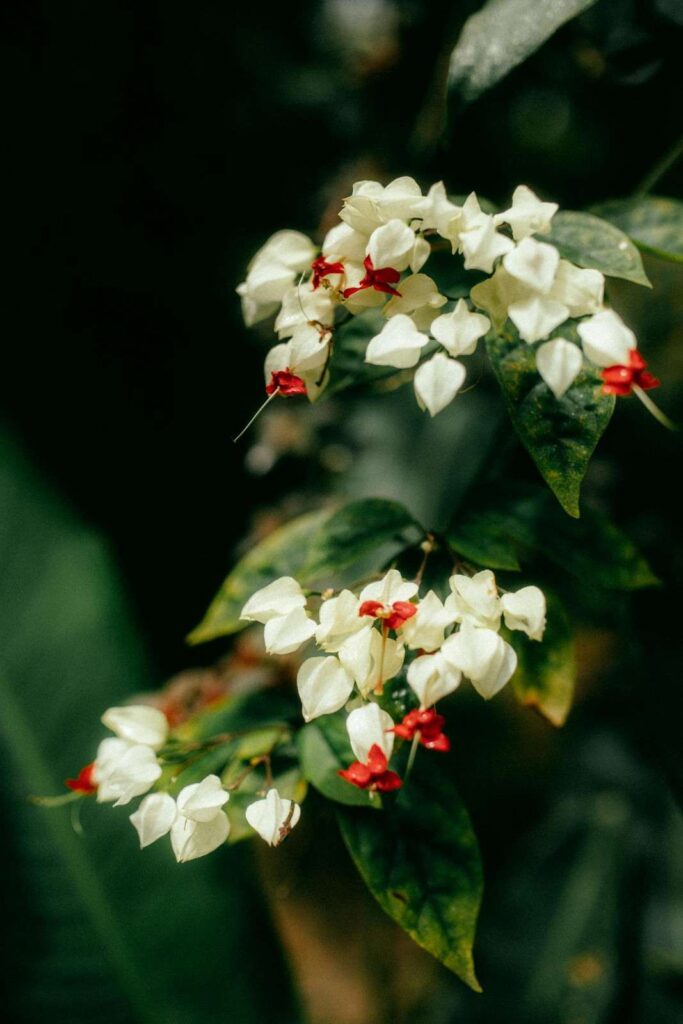
Clerodendrum Thomsoniae (scientific name: Clerodendrum thomsoniae), commonly known as the “Bleeding Heart” plant, is a striking ornamental plant valued for its unique flowers and vibrant foliage. It is native to West Africa and is often grown for its beauty and as a climbing vine.
Characteristics:
- Scientific Name: Clerodendrum thomsoniae
- Flower Color: Bright red calyx with white corolla
- Leaves: Dark green, heart-shaped, and glossy
- Flowering Period: Primarily blooms in late spring to early summer
- Height: Can grow up to 3 meters or more when supported
Cultivation and Care:
Clerodendrum thomsoniae prefers well-drained, fertile soil and thrives in bright, indirect light. It can tolerate some direct sunlight but should be protected from harsh afternoon rays. Regular watering is essential to keep the soil evenly moist, but care should be taken not to overwater, as this can lead to root rot.
Uses:
Clerodendrum Thomsoniae is popular as an ornamental plant in gardens and landscapes due to its eye-catching flowers and lush foliage. It is often used in trellises, fences, and as a hanging plant in containers. The unique appearance of the flowers, resembling hearts, makes it a favorite among gardeners looking to add a touch of beauty and interest to their outdoor spaces.
Clerondendron viscosum

Clerodendron viscosum (scientific name: Clerodendron viscosum) is a beautiful and fragrant plant commonly found in the Indian subcontinent and various regions of Southeast Asia. This plant is often referred to as the ” Bhant/ghetu/bon juie/sweet-scented plant” and is known for its various medicinal properties.
Characteristics:
- Scientific Name: Clerodendron viscosum
- Flower Color: White to light yellow
- Leaves: Dark green, large, and heart-shaped
- Flowering Period: Generally blooms during the monsoon season
- Height: Can grow up to 1 to 2 meters
Cultivation and Care:
Clerodendron viscosum thrives in sunlight and prefers fertile, moist soil. The plant should be regularly watered to maintain humidity, but care should be taken to avoid overwatering.
Uses:
Clerodendron viscosum is cultivated as a beautiful and fragrant flowering plant. Its flowers attract pollinators like bees and butterflies. It is commonly planted in gardens, flower beds, and pots, where its lovely flowers and leaves enhance the beauty of the space.
Additionally, the stems of Clerodendron viscosum are used for brushing. The stems contain a dark resin that, when applied to the skin, provides healing properties and is used in traditional medicine. The plant is also known for its stems, which are used in traditional herbal treatments.
Clerodendrum: Medicinal Properties and Species
Clerodendrum is a botanical genus that includes various types of plants known for their beautiful flowers and medicinal properties.
You have already learned about its species; now, let’s explore the medicinal properties of these species.
1. Clerodendrum Wallichii
- Anti-inflammatory: Clerodendrum Wallichii is known for its anti-inflammatory properties. Its leaves and other parts help reduce inflammation.
- Improves respiratory health: This plant is used in the treatment of respiratory diseases like asthma and colds, aiding in reducing airway inflammation.
2. Clerodendrum Trichotomum
- Antioxidant: The parts of Clerodendrum Trichotomum contain high levels of antioxidants, which protect the body’s cells from oxidative stress.
- Improves heart health: It helps reduce the risk of heart diseases by improving blood circulation.
3. Clerodendrum Paniculatum
- Sexual health: Clerodendrum Paniculatum is known to enhance male sexual potency and improve female reproductive health.
- Beneficial for urinary and kidney health: It may be helpful for urinary and kidney-related issues.
4. Clerodendrum Ugandense
- Antimicrobial: The antimicrobial properties of Clerodendrum Ugandense help fight infections.
- Aids in respiratory ailments: It is used to alleviate respiratory issues and helps reduce cough.
5. Clerodendrum Bungei
- Diabetes control: Some parts of Clerodendrum Bungei can aid in controlling diabetes, helping to lower blood sugar levels.
- Skin problems: Clerodendrum Bungei is beneficial for reducing inflammation and other skin-related issues.
Clerodendrum Species Overview
| Species | Characteristics | Ayurvedic Properties |
|---|---|---|
| Clerodendrum Wallichii | – Attractive flowers, usually white or pale blue | – Anti-inflammatory properties – Improves respiratory health |
| Clerodendrum Trichotomum | – Leaves are heart-shaped; blooms with purple flowers | – Antioxidant properties – Improves heart health |
| Clerodendrum Paniculatum | – Known for bright red flowers | – Enhances sexual health – Beneficial for urinary and kidney health |
| Clerodendrum Ugandense | – Grows as a shrub; has vibrant blue flowers | – Antimicrobial properties – Aids in respiratory ailments |
| Clerodendrum Bungei | – Broad leaves; produces pink flowers | – Helps in diabetes control – Reduces skin problems |
Usage Guidelines
The various species of Clerodendrum can be used in different ways. However, it is crucial to seek medical advice before use. Some plant parts may have toxic effects, so knowing the correct dosage and application method is essential.
Conclusion
Clerodendrum plants are a fantastic choice for any garden due to their vibrant flowers and easy-care nature. Whether you’re a seasoned gardener or just starting, these plants will add a touch of beauty and elegance to your outdoor space. With proper care, your Clerodendrum will reward you with years of stunning blossoms.Clerodendrum plants occupy a significant place in both beauty and medicinal use. Their various species, such as Clerodendrum Wallichii, Clerodendrum Trichotomum, Clerodendrum Paniculatum, Clerodendrum Ugandense, and Clerodendrum Bungei, offer various health benefits.These plants demonstrate characteristics like anti-inflammatory effects, antioxidant supply, improved sexual health, diabetes control, and skin problem relief. Therefore, it is important to use these plants based on proper research and medical advice.The species of Clerodendrum not only add beauty but also have importance in health care. By properly caring for and using these plants, we can safeguard our health.
References
- Wikipedia – Clerodendrum
This page provides comprehensive information about the species, characteristics, and uses of the Clerodendrum plant. Available at: Clerodendrum – Wikipedia - ResearchGate – Medicinal Properties of Clerodendrum Species
This research paper discusses the medicinal properties and applications of various Clerodendrum species. Available at: Medicinal Properties of Clerodendrum - NCBI – Bioactive Compounds from Clerodendrum
This study explores bioactive compounds derived from Clerodendrum plants and their health benefits. Available at: Bioactive Compounds of Clerodendrum - Herbal Medicine – A Guide to Herbal Remedies
This source discusses the medicinal uses and health benefits of Clerodendrum. Available at: Herbal Medicine: Clerodendrum - Plants of the World Online – Clerodendrum
This website provides detailed information about Clerodendrum species and their scientific classification. Available at: Clerodendrum at Plants of the World Online





